Creativity is contagious, pass it on - Albert Einstein
There is a myth that work and play are entirely separate from one another. We work, and then we play. Work hard, play hard. Get one done efficiently so you have time for the other. But what about the creativity needed to be most efficient at work? How does one come up with solutions, even begin the process of brainstorming ideas, if they are locked into a rote schedule with no allowance for expressionism? As the noted psychologist, Jean Piaget said, “Play is the answer to how anything new comes about.” Piaget believed that one's childhood plays a vital and active role in the growth of intelligence and that the child learns through doing and actively exploring. It’s true, to play is to engage. When we play, we pick up objects, ideas, or themes and examine them, imagine them, wring them out, and experiment with them, often arriving at something wholly new, inspiring, and fantastic, yet that is not why we begin to play, it is simply the outcome.
A playful mind thrives on questioning, complexity, and “devising as you go” which are exactly the qualities required to innovate and keep up with the ever-changing economics, environment, and requirements of today’s business world. If this is the future, are children of today prepared for it? Are adults adapting to it? When a growing majority of companies are searching for the creative thinker, while our schools focus on standard curriculum and testing, how is that affecting the domestic workforce and their ability to thrive?
Play is our greatest natural resource; in fact, it is a vital part of our overall development. Play allows people to use their creativity while developing their imagination, dexterity, and physical, cognitive, and emotional strength. In a recent column, I described the learning methods at Sudbury Schools, and the self-driven, play-centered way they prepare children for adulthood. And while the unconventional school model has many shaking their heads, the children emerging after being immersed in the Sudbury method of teaching are no less intelligent, prepared, or ready to assimilate into the adult workforce.
How then can we ensure that play is embraced as the critical element that it is, to encourage personal growth, exploration, and discovery? How do we encourage the inclusion of free play, tinkering, and creative thinking, as opposed to structured play times for youth, and structured office environments for adults? Today’s job interviews are becoming more strategically creative as employers realize that truly “out of the box” thinkers can react to non-traditional interviews better than non-creative, rigid thinkers. The idea is that, in business today, people need the ability to think creatively, in real time, to keep pace with modern business innovation and outpace the competition.
What types of strategic interview situations are occurring to identify creativity? One employer invited 100 candidates to an open house, where they could interact with the hiring manager and his team in an informal setting. Only 20 potential candidates showed up, and only a few of those adapted to the unusual setting and interacted creatively, allowing the hiring manager to narrow the field dramatically. Another similar tactic involved a creative director who posted a job opening and asked applicants to illustrate their creative portfolio. While the majority of applicants listed accomplishments on a traditional resume, one rented a billboard outside the hiring manager’s office building, another sent his resume on a chocolate bar, and yet another created a video showcasing his best graphics work in a fun, playful way. Can you guess the group that the final hire came from? And of course, we’ve all heard the stories about companies that have a pile of parts on their desk, and ask the applicant to “build something.” Are they looking for the next great product? No, they’re simply looking for how you are able to navigate the unknown, react in a positive way, and “roll with the changes.” Sound like things that happen in business? The answer is YES!
If you have any doubt that creativity is on the rise, take a look at the DIY phenomenon. People are looking for more ways to be expressive, from remodeling a room in their home, to building something with their hands, to inventing the latest new app. There are television stations dedicated to “doing it yourself.” Websites like Etsy.com offer makers, artists, and creators an outlet to sell their creative expressions in an online store format; Etsy claims 850,000 active shops to date. Other outlets, like instructables.com, offer those who want to be creative, but don't know where to start, an outlet with instructions to make thousands of things, from the useful (scarves, tables, etc.) to the musical (check out the Hexachord!) to the downright questionable (Haggis pop, anyone?).
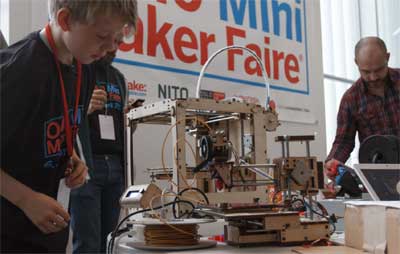
Make magazine, published by Maker Media, launched in 2005 to connect hobbyists, designers, tech buffs, and the curious to others with a DIY mindset. Maker Faire, also produced by Maker Media, followed the magazine’s launch with an event designed to celebrate innovators, crafters, DIY-ers, scientists, artists, tinkerers, and engineers that comprise the maker community and is on an incredible growth trajectory. The original Maker Faire held in 2006 attracted 22,000 attendees; last year’s events involved 530,000 people, 5,500 maker exhibits, in 100 Maker Faires around the world. The events draw a diverse crowd, from young makers, teachers, and hobbyists to incubators, innovators, large companies, and world-class voices of the maker movement. Maker Faires and the growth of the maker movement are encouraging younger people to create, and they do better in school as a result as so many inventions focus on science, technology, engineering, and math. After all, is it better to teach a child baseball by playing the game, or to simply let him read about it?
The Maker Movement has also spawned "hackerspaces" – community locations where people can come together and create. A hackerspace is a community organization that typically has a shared space, tools, and a passion for learning. Making is encouraged, with members bringing their disparate disciplines together to build something new. More than 500 active hackerspaces worldwide are listed on Hackerspaces.org, a website that catalogs them.
So how do we learn to be more playful and embrace this creative mindset? There are many ways to discover and embrace your creativity; here are just a few:
Make something. Download plans, check out instructables.com for ideas, or create your own! You may discover you’re more creative than you think!
Spend more time with children. We are so busy with trying to teach our kids that we forget the things we can learn from them, by watching how they approach and look at life. Children look at everything with curiosity, excitement, and joy, and without preconceived notions, opinions, or the “it can’t be done” attitude. To a child, anything is possible. Embrace that enthusiasm and positivity!
Don’t know any children? Play with a pet. Pets can be downright silly and funny, and whether you are tossing a ball, playing keep away, or taking a walk, pets not only can teach us about play, it has been proven that spending time with a pet can reduce stress. They make us laugh, and they love the attention. No pets? Volunteer at a local shelter; they are always looking for people to spend time with and walk abandoned lonely animals!
Get active! You don't have to be a super athlete to benefit from the act of play. Adult play can come in many forms, from team or individual sports to exercise, to participating with your children or grandchildren on the playground, to simply dancing around your house. Be silly. In groups. Alone. Organize a weekly outing with friends. You might feel ridiculous at first if this is not your comfort zone, but after a while, you’ll notice how good it makes you feel to just let loose and have FUN.
Take up a hobby. Hobbies are playful by their very nature, whether you play an instrument (maybe you can make one!), take dance lessons, sing, rap, paint, or sculpt, hobbies are a way to approach life in a playful manner that is most comfortable to you. There are a million hobbies out there, so it’s not unreasonable to think there is one out there that is perfect for you. Keep experimenting until you find it. Tinker. Then seek out like-minded people who enjoy it and share your enjoyment of the activity together. You can’t help but be more playful!
Get out of your comfort zone. If you aren’t a playful person, you will not become one by digging your feet in and refusing to try new things. Do one thing a week that is uncharacteristic, whether it be exercise, trying food from a different culture, going to a comedy show, etc. Also, try different things, so that you can find the ones that are truly fun for you!
Volunteer at an athletic event. As an example, the popularity of both traditional and obstacle racing means that there are probably several local opportunities to get involved even if you don't want to compete. Handing out water along the route, presenting finisher medals at the finish line, or, if you prefer, simply standing on the sidelines and shouting encouragement and or/waving an encouraging sign to the participants is a great way for non-athletes to get involved in a positive activity. You’ll feel energized at the end, and your efforts will mean so much to those participating!!
As a timeless feature of human society, the need for play does not change, but the evolving, dynamic growth of our world and its technology directs that play is as much an important tool to expand critical thinking, creativity, and innovation. By changing our mindset, being open to new experiences, and having a will to try something different, we can all become more playful and align with the business demands of the future.


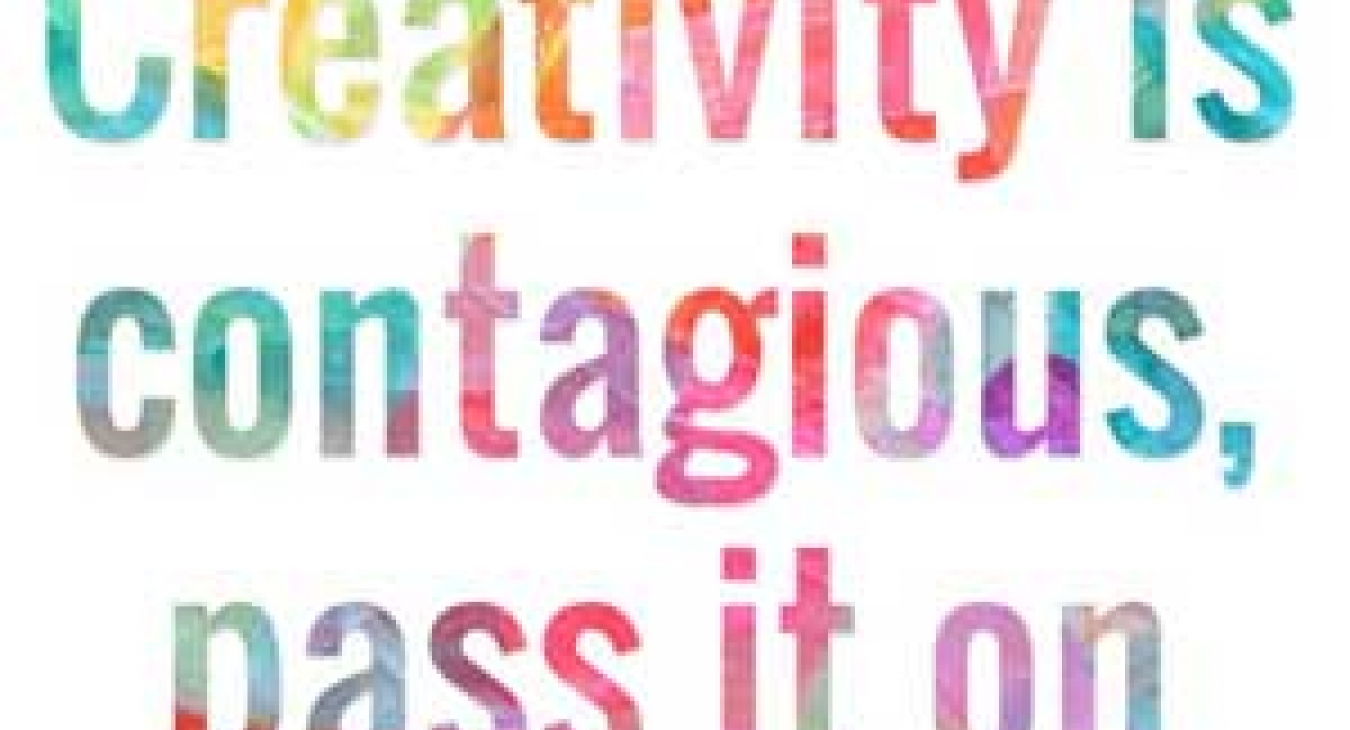

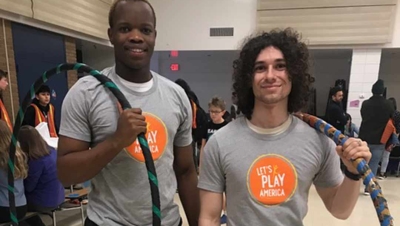
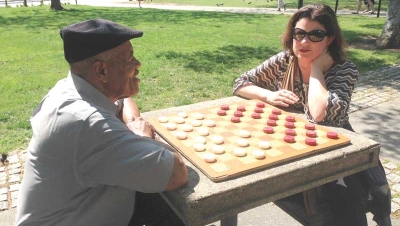

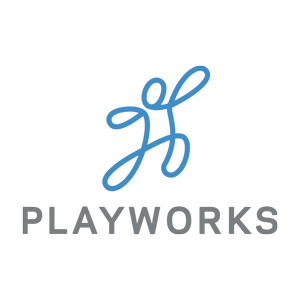

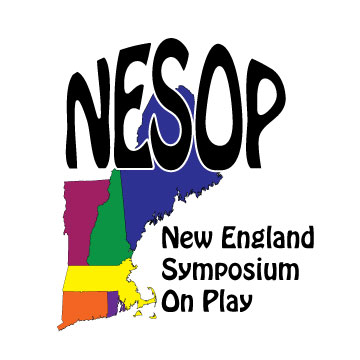


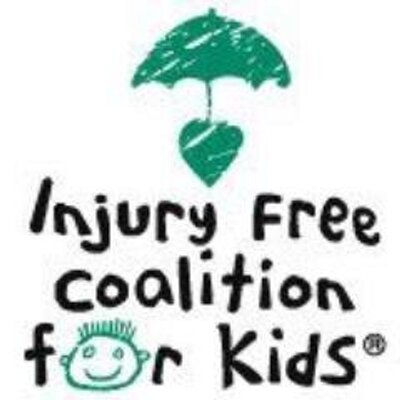

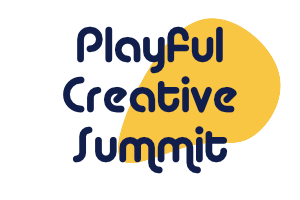

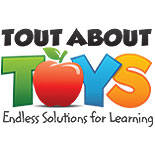
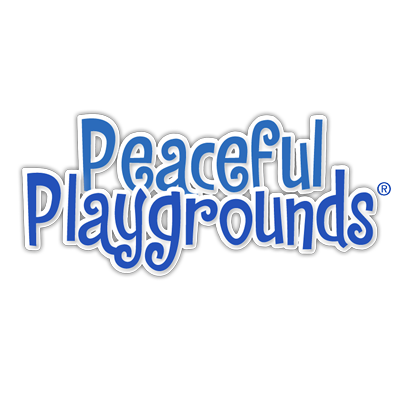


Anne: Thank you so much for
Anne: Thank you so much for this article as I have been hoping someone would have put the importance teaching good creative work ethics and abilities which the motions of play especially at an early period of ones life! I remember sharing with my parks and recreation staff in Virginia 35 years ago about the importance of their jobs in preparing their young participants for their future and in particular their careers and work responsibilities. I hope to share your words with my three sons raising their families!! Thanks for contributing!